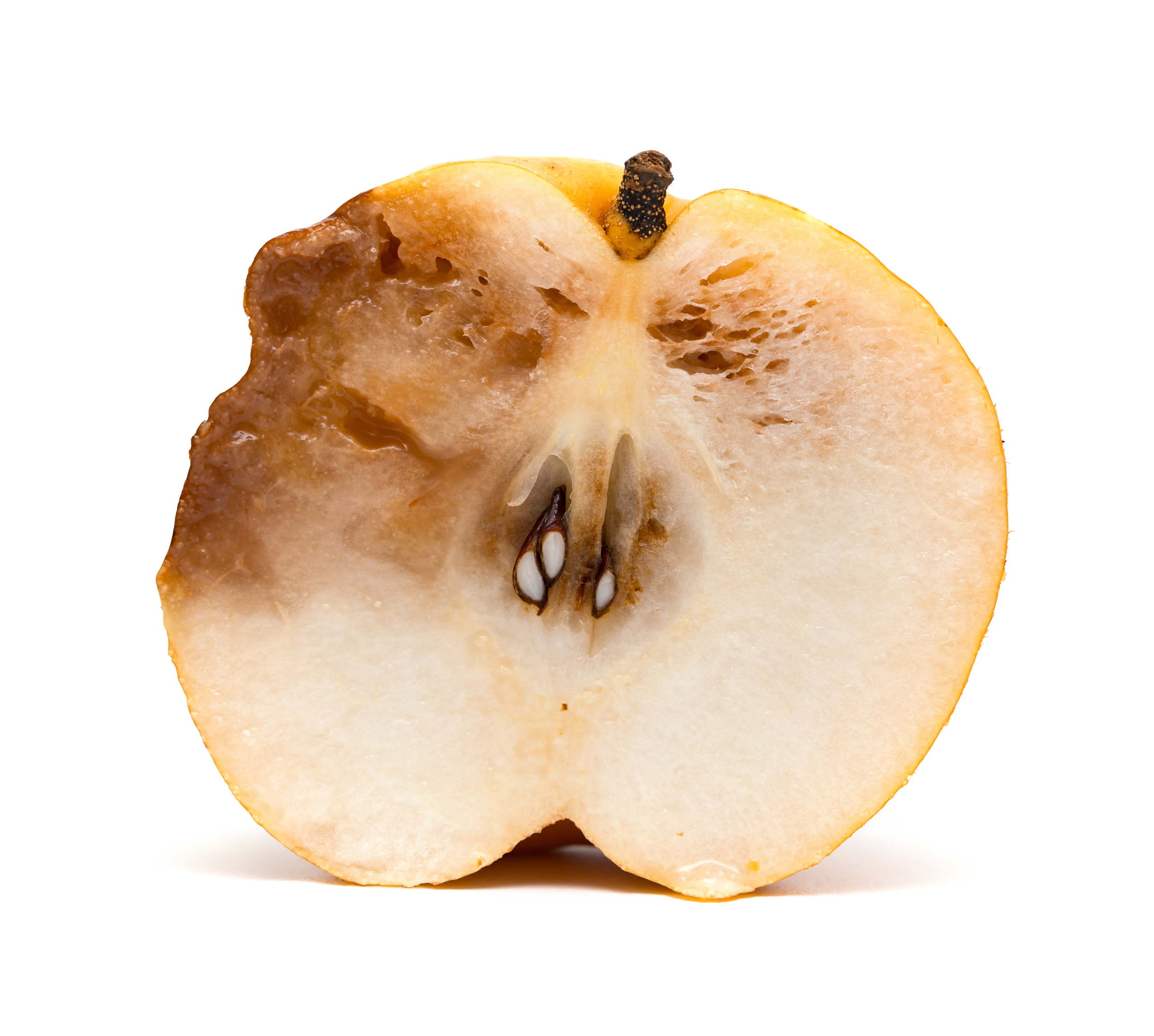Last month, a number of media outlets ran stories touting claims from a study posted on Twitter that alleged nefarious connections between antifascist activists and national-level reporters who cover the far-right.
On May 15, Eoin Lenihan, a far-right social media user presented what he said were excerpts from a data set that proved prominent reporters who cover extremist movements were “closely associated” with antifascist activists. He identified himself as an online extremism researcher, despite having no association with any previously known organization that researches extremism. In reality, Lenihan was already an established right-wing troll, now blanket banned for “violating rules against managing multiple Twitter accounts for abusive purposes.”
Lenihan’s Twitter thread was met with enthusiasm on the right. His claims—among them that one writer is an “eco-extremist,” that a website that posts court documents is a “doxing site,” and that antifa is “often more violent” than right-wing fascist groups—were taken at face value by outlets including Breitbart, PJ Media, RedState, and Human Events, and RT.
ICYMI: NYT promotes questionable study on Google and the media
It is the latest example of unreliable information circulating rapidly through an ecosystem of fringe outlets without even the appearance of due diligence, such as baseless reports that tech platforms discriminate against “conservatives” or that leftist agitators are trying to foment a new American civil war.
RedState published an article titled "Journos from Prominent News Publications Found to Have Working Relationships With Antifa" that fails to explain what the "connections" mean – probably b/c Eoin doesn't explain what the connections mean & implies something nefarious happening. pic.twitter.com/fX3GpkjhjB
— Erin Gallagher (@3r1nG) May 18, 2019
Quillette, a publication dedicated to “free thought,” gave Lenihan a bylined article on its site to share his claims, where Lenihan embedded posts from his Twitter thread, echoed his assertion that reporters were working to promote antifascist activists, and accused them of violating professional ethical standards. When CJR reached Quillette founding editor Claire Lehmann for comment via Twitter, she first inquired what issues CJR found with Lenihan’s study. When CJR responded asking how Quillette determined Lenihan’s allegations were legitimate, and whether Lenihan’s story underwent a fact-check or legal review prior to publication, she declined to comment.
The Quillette article was circulated approvingly on white supremacist forum Stormfront the day after its publication; a day later, a YouTube user uploaded a video of imagery of mass shooters intercut with images of the reporters mentioned by Lenihan under the heading “Sunset the Media.” Some reporters who do not cover the far-right but were listed as “connected” to antifascists by Lenihan appeared in the video.
Lenihan tells CJR via email that his methodology consisted of labeling Twitter users as “highly connected” to Antifa if they had “8 or more connections” on Twitter to either accounts run by antifascist activists, or one lecturer at Dartmouth. He also said he had provided “snippets” of his work to journalists to support his claims. “Those who received them were asked not to make them public as peer review demands exclusivity on publishing said data,” he told CJR. “Who received that information is, obviously, confidential.” Lenihan did not specify which peer-reviewed journal was considering his work for publication.
“Due to the limited information presented in his tweets, the conclusions that we can confirm are also limited,” social media researcher Erin Gallagher tells CJR in an email. “The network graphs as they’ve been presented appear to show a network of Twitter follows, so from that we can only really say that journalists who report on the far right follow antifascist accounts [which often publish the given names of far-right activists and other material useful to reporters seeking interviews] on Twitter—which is not really a groundbreaking revelation.”
Gallagher also points to larger concerns about data visualization literacy among reporters. “How could any media—right, center or left—verify his claims is a larger issue,” she says. “Unfortunately, the lack of literacy in this area opens windows of opportunity for people to present network graphs in deceptive ways because they know there are few people who can confirm or falsify their claims.”
Harvard’s Nieman Reports has published a guide to news industry best practices around the publication of the results from a scientific study; in it Paul Raeburn, a former science editor at the AP and Businessweek and past president of the National Association of Science Writers, wrote that “reporters shouldn’t accept anything at face value” and that science journalists “quickly learn that decisions about what not to cover are as important as decisions about what to jump on right away.”
But for conservative media, the endorsement of peers within its narrow confines is all the expertise necessary for publication. Quillette writer Andy Ngo, who called attention to Lenihan’s work on Twitter and whose work Lenihan cites in his article, insisted that the legitimacy of Lenihan’s findings was self-evident from Lenihan’s Twitter posts. Human Events publisher Will Chamberlain told CJR that it considered Quillette a “reputable outlet” and would not independently fact-check work appearing on its site when commenting on it “in broad terms.” CJR did not receive responses to emailed requests for comment from PJ Media’s Tyler O’Neil, RT’s Margarita Simonyan, or Breitbart’s Allum Bokhari. It seems unlikely that anyone reading these publications will encounter the sort of media criticism that dogs the steps of reporters for mainstream news outlets.
ICYMI: Don Lemon confronts Chris Cuomo, and the bigger issue of guests on CNN shows
The post was updated to include the threats made to journalists following the posting of Lenihan’s “study” and to correct the affiliation of a lecturer at Dartmouth.


